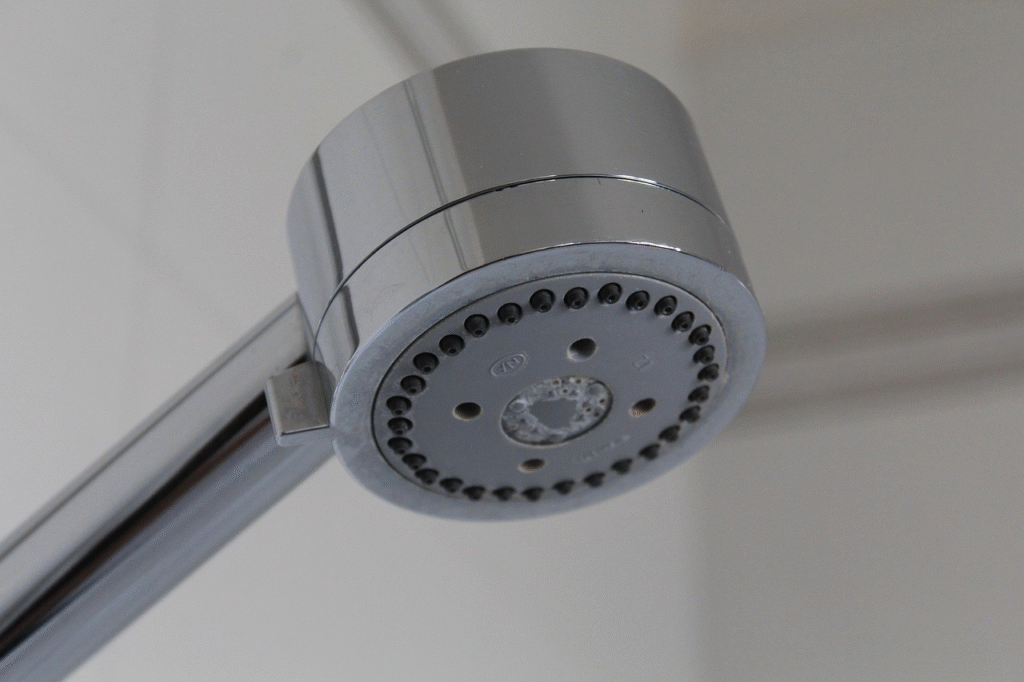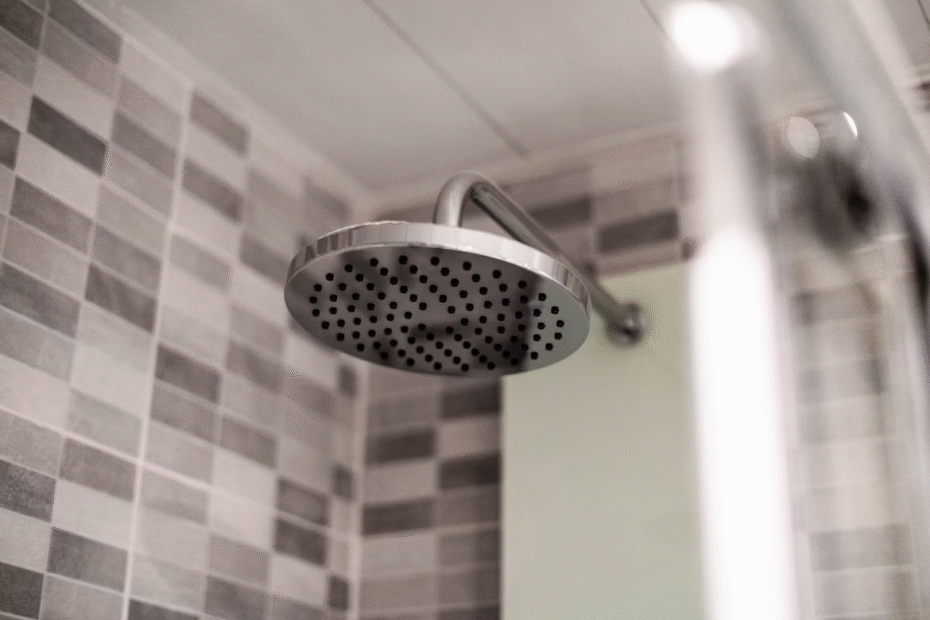Shower problems can often start small but escalate into larger issues if not addressed promptly. It’s easy to overlook mundane concerns such as leaks or mold, but these can lead to costly repairs. Recognizing warning signs early can save time and money while maintaining a fun and relaxing shower environment. This article will guide you through common shower problems and how to prevent them from worsening, helping you keep your bathroom in top shape.
Identifying Common Shower Issues
Taking time to examine your shower for common problems can make a huge difference. Many homeowners are unaware of issues hiding in plain sight. Check for leaks and drips, as they often signify underlying plumbing issues. Use silicone to waterproof your shower if you notice any gaps, as water can seep through and cause damage. Mold can flourish in damp areas, requiring special attention. Take a close look at the showerhead. Mineral buildup can impede water flow, resulting in uneven spray patterns or low pressure. Cleaning the showerhead regularly can help maintain optimal water flow and improve your shower experience.
Recognizing Water Pressure Problems
Low water pressure in the shower can transform a refreshing experience into a frustrating one. If water flow seems weaker than usual, think about the possible causes. Clogged pipes or showerheads are common culprits. Cleaning them can bring back adequate pressure and ensure an enjoyable shower. Another reason for low pressure could be the plumbing system in your home.
Look into your water supply lines for any leaks or blockages that might affect water pressure. A plumber may help assess and resolve plumbing issues effectively. When water pressure drops suddenly, it may indicate a larger problem, such as a broken valve or pipe. Investigating and resolving these concerns quickly can prevent water damage and high repair costs. Regular maintenance ensures that your shower remains in peak condition.
Addressing Drainage Issues
Clogged drains are a frequent annoyance in showers. Hair, soap residue, and other debris can accumulate, leading to slow drainage or complete blockages. If you notice standing water in your shower, it’s a clear sign that you have a drainage issue. Preventive measures can be key in avoiding clogs. Using a drain guard can catch hair before it enters the plumbing system. Regularly cleaning the drain will help prevent buildup.
When clogs start to occur, a simple plunger can sometimes work wonders. If problems persist, it may be time to consult a professional plumber. Persistent odors from the shower drain can signal trapped waste or bacterial buildup within the plumbing. Addressing odors improves hygiene and helps maintain your home’s environment. Regularly cleaning drains with acceptable solutions ensures you enjoy a fresh-smelling and functional shower.
Mold and Mildew Management
An increasing presence of mold and mildew can turn a pristine shower into an unattractive mess. These issues thrive in damp environments, making showers particularly susceptible. Keeping surfaces dry is important for prevention; ensure proper ventilation through either windows or exhaust fans.
Cleaning products designed to tackle mold can be helpful. Alternatively, a vinegar and baking soda mixture acts as a natural solution suitable for regular use. Taking immediate action when spotting mold can prevent it from spreading and becoming entrenched in your shower space. Besides personal cleaning efforts, think about investing in waterproof silicone sealants to address areas where water might be entering the walls or surrounding flooring. This extra layer of protection can help deter mold or mildew growth from occurring in the first place.

Common Signs of Leakage
Water leaks can cause significant damage if they are not detected early. Look for signs such as water stains on walls or ceilings, indicating that a leak may be developing. If your water bill suddenly spikes, it could indicate a hidden leak that warrants investigation. Examine faucet handles and showerhead attachments for moisture or pooling water.
A worn-out seal or gasket in a shower faucet can often be the source of hidden leaks. Regular maintenance can give you peace of mind knowing your shower won’t develop severe issues suddenly. Haphazardly placed items in the shower may play a role in leaks. Ensure proper placement of shampoo bottles or shower shelves helps mitigate potential obstruction or unnoticed water pooling.
Maintaining Shower Fixtures
Once you identify common problems in your shower, it’s critical to maintain the fixtures to prolong their life. Regular cleaning prevents buildup and keeps surfaces attractive. Pay special attention to areas where water runs, as these can trap soap residue and dirt. Replace worn showerheads or faucets that show signs of wear and tear.
Doing so can improve both functionality and aesthetics in your bathroom space. Keeping an eye on seals and gaskets will help ensure that components remain watertight and functional. Regular inspections and maintenance habits yield long-term savings and ensure your shower remains a comforting retreat. Always address minor repairs when discovered to avoid potentially costly issues in the future.
By understanding common shower problems and recognizing their signs early, you can prevent minor issues from escalating into major repairs. Incorporating effective maintenance habits fosters a comfortable environment and preserves the integrity of your home’s plumbing system. Don’t overlook the red flags; staying vigilant will keep your shower in good working order.

